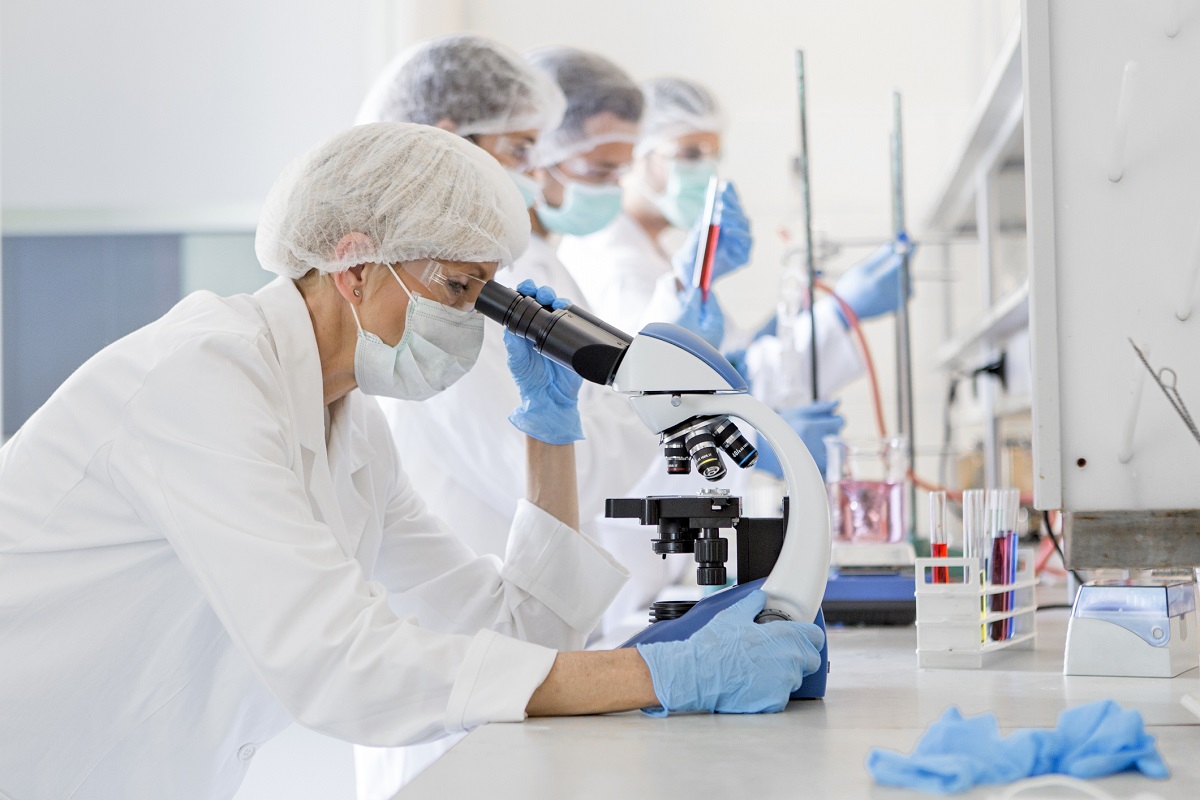Team Science Toolbox offers evidence-based techniques for common team issues

Where can a leader turn when their teams are not functioning as well as they should? How can a team be built for success? How can teams develop unity when they’re built with diversity in mind? How do scientists from different disciplines get on the same page when their vocabularies may sound the same but have different meanings?
A new resource from Penn State Clinical and Translational Science Institute answers questions like these and equips teams with scientifically validated approaches to tackle common problems they face.
“Millions of dollars are dedicated to science teams to solve large, societal problems, like COVID and cancer — and not just health science, but science in general,” Susan Mohammed, professor of psychology, explained. “To tackle these big issues, so much is riding on how well members from different disciplines interact together in teams. In teams, there’s this tension between diversity and unity. You have a team in the first place because people are different. You need different expertise and backgrounds and people who think differently. But you also need unity in a team.”
Mohammed has almost 30 years of team science experience. As a Penn State Clinical and Translational Science Institute member, she compiled a Team Science Toolbox to address many common team needs. This toolbox is designed for the non-team scientist and provides evidence-based techniques and interventions. The toolbox is available at the institute’s website at ctsi.psu.edu under Research Support.
“There’s so much science out there about how to form, build, develop and lead a team,” Mohammed said. “How do you get it into the hands of people who need it in the trenches but do not have those skills themselves or don’t have a lot of time to delve into the team literature? I wanted to tailor a toolkit for people who don’t know much about team science. Just by reading a single entry, they can learn something to implement.”
The toolbox includes four sections: Team formation, team launch, team maturation and team assessment. Each entry in the toolbox contains a brief description, an explanation of its importance, examples, tips for success and additional resources.
“Different skills are required to form teams so that the right members are assembled versus to lead teams with members that have been in place for years,” Mohammed said. “That’s why we offer tools across the team cycle, from team assembly to the initial stages of team formation to mature teams. If you want to assess how your team is doing, we also offer some metrics.”
Many existing toolboxes are either created for team science experts or are short on scientific evidence.
“We wanted more than just anecdotes,” Mohammed said. “We wanted the science behind what we recommend. We wanted to take journal article results and create tips and tricks and readily accessible activities that people can implement in teams. The integration of evidence-based, actionable interventions is not that common.”
Focusing on team dynamics and communication is important because simply having a group of experts on a team does not make an expert team.
“You can have, especially in science teams, a group of really intelligent people. In sports teams, you can have really talented people,” Mohammed said. “Yet, when you put them together, sometimes it’s a huge flop. And you wonder, ‘how can this group of very intelligent, talented, highly skilled people not do well as a team?’ It’s because teamwork has to be added to taskwork. How do you get members to jell and have the kind of chemistry that helps members want to share information and work hard on behalf of the team? How do you get team members to like each other, so they want to continue working together?”
The Team Science Toolbox can equip teams to be more effective and lead them to success. Mohammed also offers team science consultations to Penn State research teams as a service of Penn State Clinical and Translational Science Institute. Consultations are free and requested by completing a service request form at the institute’s website at ctsi.psu.edu.
“A consultation starts with diagnosing what you need in your team at a given point in time,” Mohammed said. “We talk about your team goals and what struggles you’re having. Then, we marry the particular challenge you’re facing with available team science tools. Again, tools vary across the team lifecycle. Do you need to get people who are very different to work together? Do you need to build cohesion? Do members not understand each other’s expertise? Whatever the struggle, there’s a whole science behind it, but it’s about getting those tools in your hands.”
Graduate student Jason Williamson and undergraduate students Carri Rae Davis and Lauren Appolonia contributed to the toolbox project.
Mohammed discusses team science in an episode of the Clinical and Translational Science Institute’s Engage Podcast.
About Penn State Clinical and Translational Science Institute
Penn State Clinical and Translational Science Institute provides tools, services and training to make health research more efficient at Penn State. It advocates for translational science at the university and is a bridge between basic scientists and clinical researchers. The institute encourages collaboration to discover new treatments, medical procedures and ways to diagnose disease. Learn more at ctsi.psu.edu.
If you're having trouble accessing this content, or would like it in another format, please email Penn State Health Marketing & Communications.
